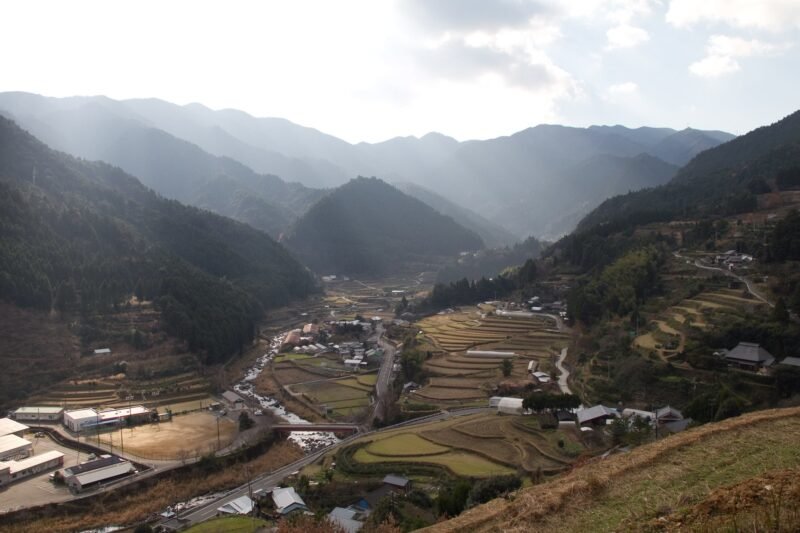This Is Not A Waste-To-Energy Plant
‘Hedonistic sustainability’ is a concept introduced by Bjarke Ingels, embodying the idea that sustainability is not a burden, but that a sustainable city in fact can improve the quality of life of its citizens. I would immediately refer to several initiatives that we have highlighed here on Pop-Up City, for instance the Corona Save the Beach Hotel. It is obvious that the concept has also played a key role in BIG’s new design for a waste-to-energy plant in Copenhagen that doubles as a ski slope for urbanites and tourists.

Located in an industrial area near the center of Copenhagen, the new Amagerforbrænding plant is an exemplary model in the field of waste management and energy production, as well as a great architectural landmark. The project is planned to replace the adjacent 40 year old Amagerforbrænding plant, integrating the latest technologies in waste treatment and environmental performance. But the most exciting element is its ski slope, situated on the roof of the building.
“Instead of considering the new Amagerforbrænding as an isolated architectural object, the building is conceived as a destination in itself and reflects the progressive vision for a new type of waste treatment facility. The roof of the new Amagerforbrænding is turned into a 31,000 square meter ski slope of varying skill levels, mobilizing the architecture and redefining the relationship between the waste plant and the city by expanding the existing recreational activities in the surrounding area into a new breed of waste-to-energy plant.”


The slope is ecological using a recycled synthetic granular. The rooftop park and the ski slope, which are designed by Topotek 1 and Man Made Land, offer informal sport activities in Summer and Winter. The 100 meters high observation platform on the roof of the building is accessibile via an elevator along the plant’s smokestack that allows visitors to look inside the building. Merging public space with his buildings seems to become a trademark of Bjarke Ingels. Other designs following this architectural perspective are his fascinating 8-House in Copenhagen, and Denmark’s pavilion at the World Expo in Shanghai. From a distance, the entire building is wrapped in a vertical green façade formed by planter modules stacked like bricks turning it into a mountain from afar.
Another exciting aspect is the ability of the smokestack to puff smoke rings of 30 meters in diameter whenever 1 ton of fossil CO2 is released. This installation, built by the Berlin-based designers of Realities:United aims ro raise awareness about the impact of energy consumption, allowing the Copenhageners “to grasp the CO2 emission in a straightforward way — turning the smokestack traditionally the symbol of the industrial era into a symbol for the future”. At night the smoke rings will be illuminated, as we have seen before with the Nuage Vert project in Helsinki. The waste-to-energy plant is planning to open in 2016.
[adrotate banner=”7″]



